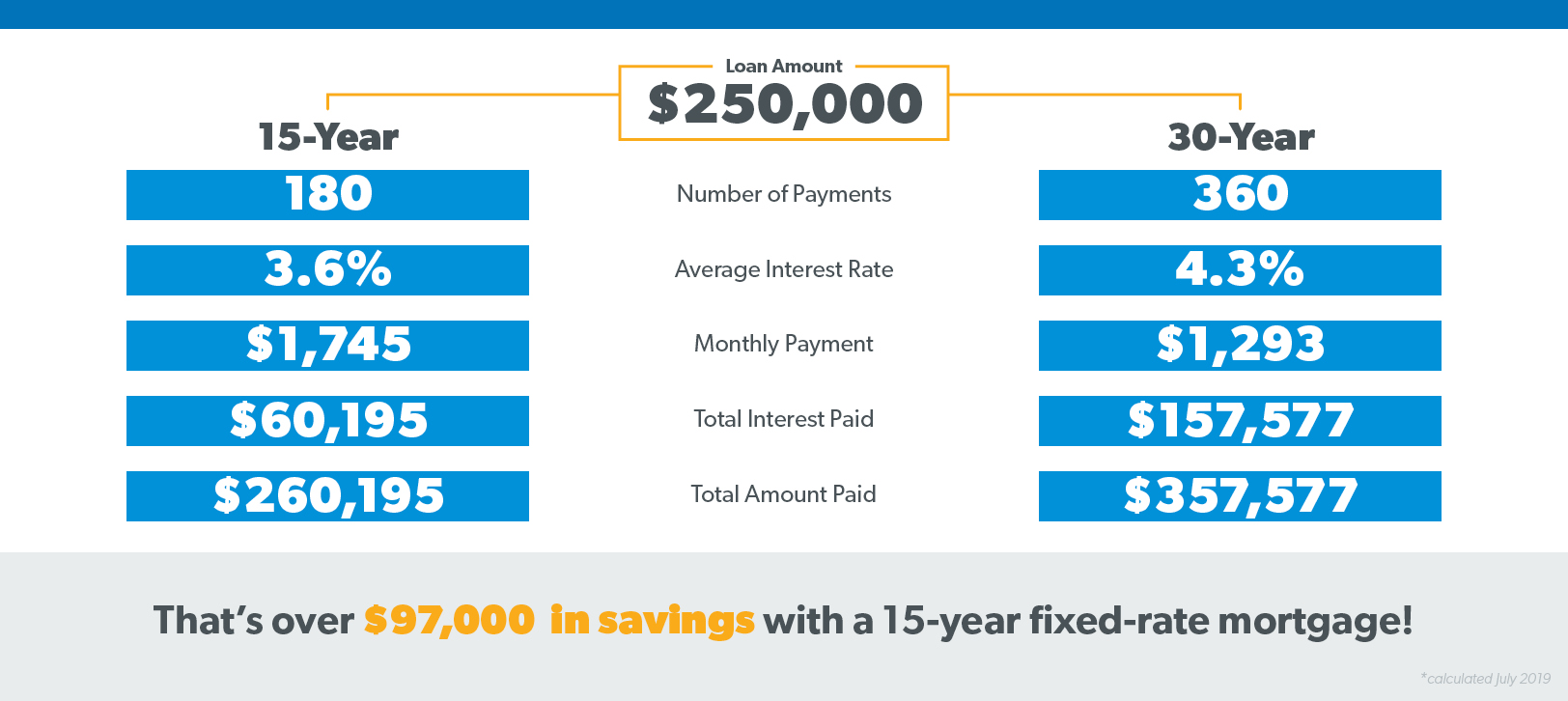Table of ContentsThe 10-Minute Rule for What Is The Interest Rate On Reverse MortgagesWhy Banks Sell Mortgages for BeginnersLittle Known Facts About What Is The Interest Rate On Reverse Mortgages.7 Easy Facts About Which Of The Following Statements Is Not True About Mortgages? DescribedSome Of How To Calculate How Much Extra Principal Payments On Mortgages
A mortgage is most likely to be the largest, longest-term loan you'll ever get, to buy the biggest asset you'll ever own your home. The more you comprehend about how a home loan works, the better decision will be to select the home mortgage that's right for you. In this guide, we will cover: A mortgage is a loan from a bank or loan provider to help you finance the purchase of a house.
The home is utilized as "security." That suggests if you break the promise to repay at the terms established on your home loan note, the bank deserves to foreclose on your home. Your loan does not end up being a home loan till it is attached as a lien to your home, indicating your ownership of the house ends up being subject to you paying your new loan on time at the terms you concurred to.
The promissory note, or "note" as it is more commonly labeled, lays out how you will pay back the loan, with details including the: Rate of interest Loan quantity Regard to the loan (thirty years or 15 years prevail examples) When the loan is considered late What the principal and interest payment is.


The mortgage basically gives the lender the right to take ownership of the property and offer it if you do not pay at the terms you consented to on the note. A lot of home loans are agreements between two parties you and the loan provider. In some states, a third person, called a trustee, may be added to your home loan through a document called a deed of trust.
The 5-Minute Rule for How Mortgages Work
PITI is an acronym lending institutions use to explain the different elements that make up your monthly mortgage payment. It represents Principal, Interest, Taxes and Insurance coverage. In the early years of your home loan, interest comprises a greater part of your total payment, however as time goes on, you begin paying more primary than interest until the loan is settled.
This schedule will show you how your loan balance drops over time, along with how much principal you're paying versus interest. Homebuyers have a number of options when it comes to choosing a mortgage, but these options tend to fall into the following 3 headings. One of your very first choices is whether you desire a repaired- or adjustable-rate loan.
In a fixed-rate mortgage, the rates of interest is set when you get the loan and will not change over the life of the home mortgage. Fixed-rate home mortgages offer stability in your home loan payments. In an adjustable-rate mortgage, the interest rate you pay is tied to an index and a margin.
The index is a step of global rates of interest. The most frequently utilized are the one-year-constant-maturity Treasury securities, the Expense of Funds Index (COFI), and the London Interbank Offer Rate (LIBOR). These indexes comprise the variable part of your ARM, and can increase or decrease depending upon aspects such as how the economy is doing, and whether the Federal Reserve is increasing or reducing rates.
What Is One Difference Between Fixed-rate Mortgages And Variable-rate Mortgages? for Beginners
After your preliminary set rate duration ends, the lending institution will take the existing index and the margin to calculate your brand-new rates of interest. The quantity will change based on the adjustment period you selected with your adjustable rate. with a 5/1 ARM, for example, the 5 represents the number of years your preliminary rate is repaired and won't change, while the 1 represents how frequently your rate can change after the fixed duration is over so every year after the fifth year, your rate can change based upon what the index rate is plus the margin.
That can imply significantly lower payments in the early years of your loan. However, remember that your scenario could alter prior to the rate adjustment. If rate of interest rise, the worth of your property falls or your financial condition modifications, you might not be able to sell the house, and you might have trouble making payments based on a higher rates of interest.
While the 30-year loan is frequently selected due to the fact that it offers the most affordable monthly payment, there are terms varying from ten years to even 40 years. Rates on 30-year home loans are greater than shorter term loans like 15-year loans. Over the life of a shorter term loan like a 15-year or 10-year loan, you'll pay substantially less interest.
You'll likewise need to decide whether you want a government-backed or standard loan. These loans are insured by the federal government. FHA loans are assisted in by the Department of Real Estate and Urban Development (HUD). They're developed to assist first-time homebuyers and individuals with low incomes or little cost savings afford a house.
What Does How To Reverse Mortgages Work Do?
The drawback of FHA loans is that they require an upfront home mortgage insurance charge and month-to-month home mortgage insurance coverage payments for all purchasers, regardless of your deposit. And, unlike standard loans, the home loan insurance coverage can not be canceled, unless you made at least a 10% down payment when you secured the initial FHA home loan.
HUD has a searchable database where you can discover lenders in your location that provide FHA loans. The U.S. Department of Veterans Affairs offers a mortgage loan program for military service members and their families. The advantage of VA loans is that they might not need a down payment or home loan insurance coverage.
The United States Department of Farming (USDA) provides a loan program for homebuyers in backwoods who meet specific earnings requirements. Their residential or commercial property eligibility map can provide you a basic concept of certified locations. USDA loans do not require a deposit or continuous home mortgage insurance coverage, but debtors should pay an in advance fee, which currently stands at 1% of the purchase price; that cost can be financed with the home loan.
A conventional mortgage is a home mortgage that isn't guaranteed or guaranteed by the federal government and conforms to the loan limitations set forth by Fannie Mae and Freddie Mac. For borrowers with greater credit ratings and stable income, traditional loans typically result in the least expensive month-to-month payments. Traditionally, traditional loans have actually required larger down payments than most federally backed loans, however the Fannie Mae HomeReady and Freddie Mac HomePossible loan programs now provide borrowers a 3% down choice which is lower than the 3.5% minimum required by FHA loans.
A Biased View of Why Are Reverse Mortgages Bad
Fannie Mae and Freddie Mac are government sponsored enterprises (GSEs) that purchase and sell mortgage-backed securities. Conforming loans meet GSE underwriting standards and fall within their maximum loan limitations. For a single-family home, the loan limitation is currently $484,350 for a lot of houses in the adjoining states, the District of Columbia and Puerto Rico, and $726,525 for houses in higher cost areas, like Alaska, Hawaii and numerous U - why are reverse mortgages bad.S.
You can search for your county's limits here. Jumbo loans might also be described as nonconforming loans. Basically, jumbo loans surpass the loan limitations established by Fannie Mae and Freddie Mac. Due to their size, jumbo loans represent a higher risk for the lending institution, so debtors should usually have strong credit rating and make bigger deposits.